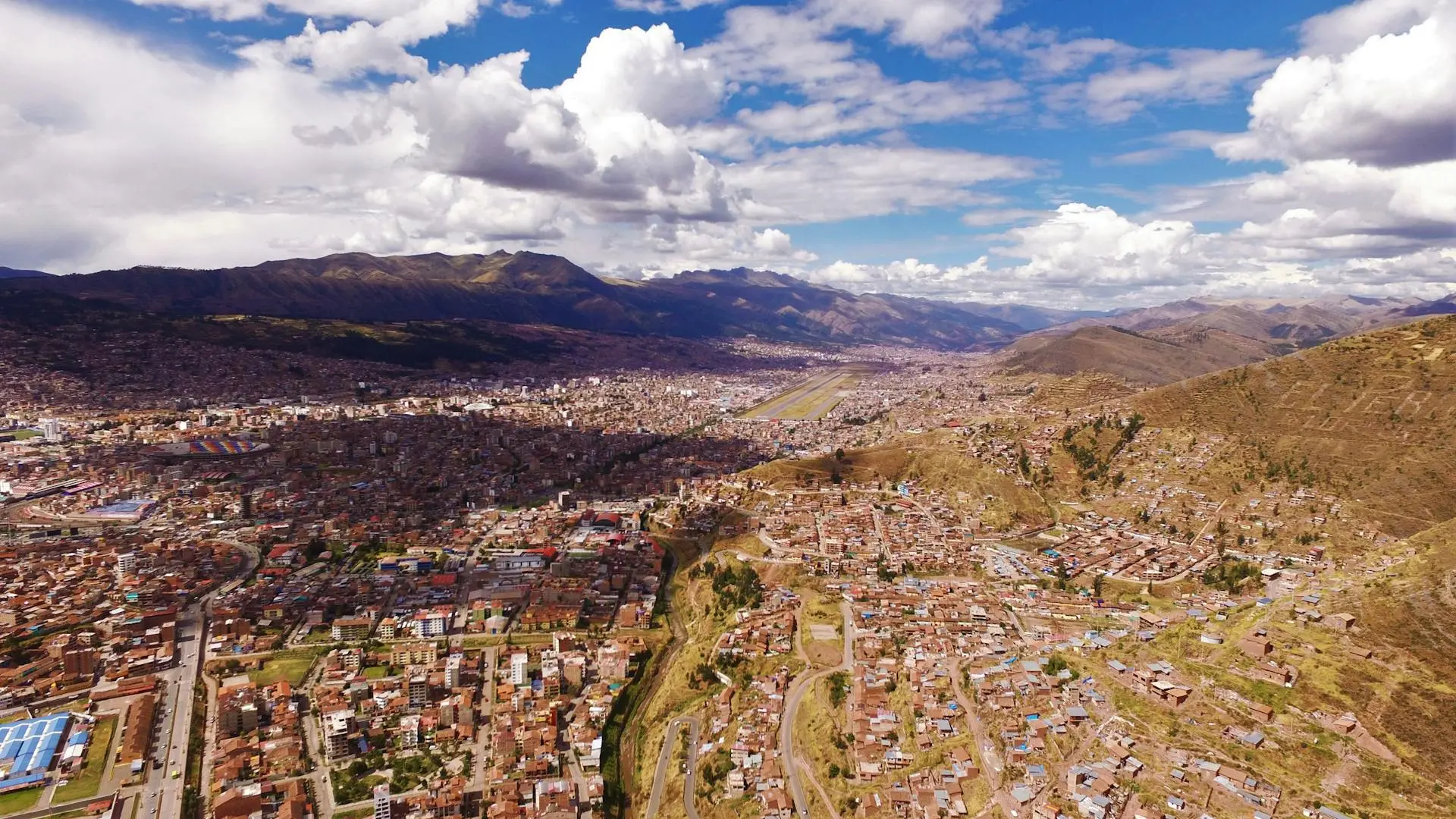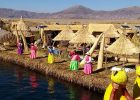Cusco, known as the historical capital of Peru, is a destination that fascinates with its rich cultural and architectural heritage. Every corner of this city offers a glimpse into a glorious past where Inca and Spanish cultures left indelible marks. Exploring Cusco’s architecture is like traveling through time—from the majestic Inca stone structures to the imposing colonial churches. In this guide, we invite you to discover how these buildings tell the story of a city that has managed to reinvent itself after every challenge.
Cusco’s Architecture: A Historical Legacy
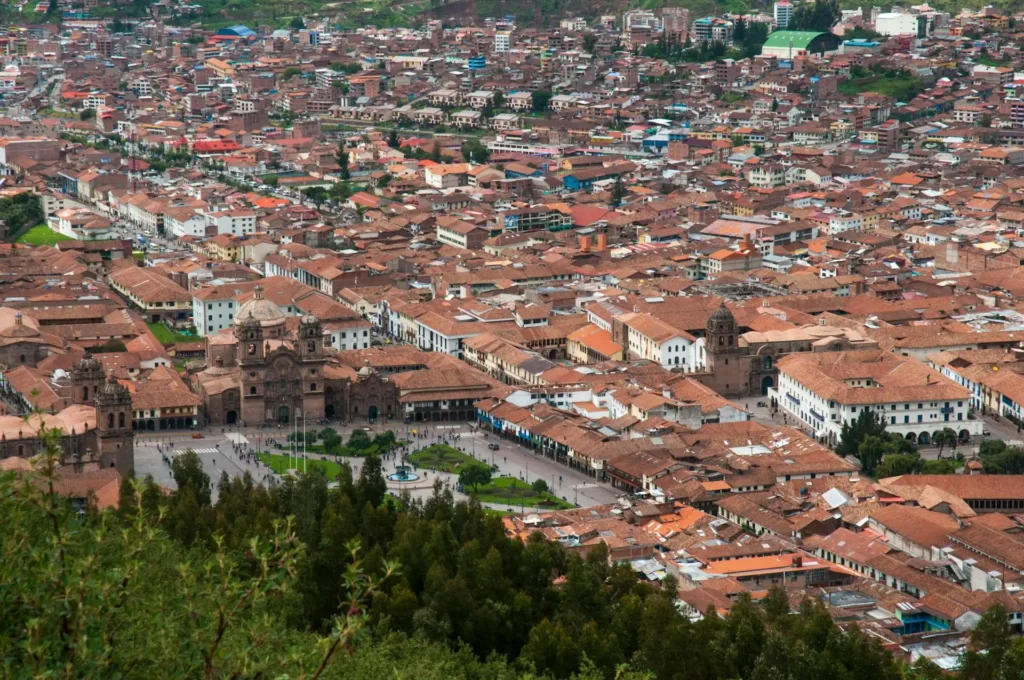
Cultural Importance of Cusco’s Architecture
The architecture of Cusco is not only a testament to the creativity and adaptability of its people, but also a symbol of cultural resistance. Each structure tells stories of conquest, cultural fusion, and the eternal connection between humans and nature. This architectural legacy makes Cusco a unique place, declared a UNESCO World Heritage Site.
A Look at the City’s Architectural Evolution
Cusco has witnessed multiple transformations. From being the capital of the Inca Empire to becoming a key colonial city, its architecture reflects a constant dialogue between tradition and modernity. Each historical era left its mark—from the grand Inca fortresses to modern buildings that respect the city’s heritage surroundings.
History of Architecture in Cusco
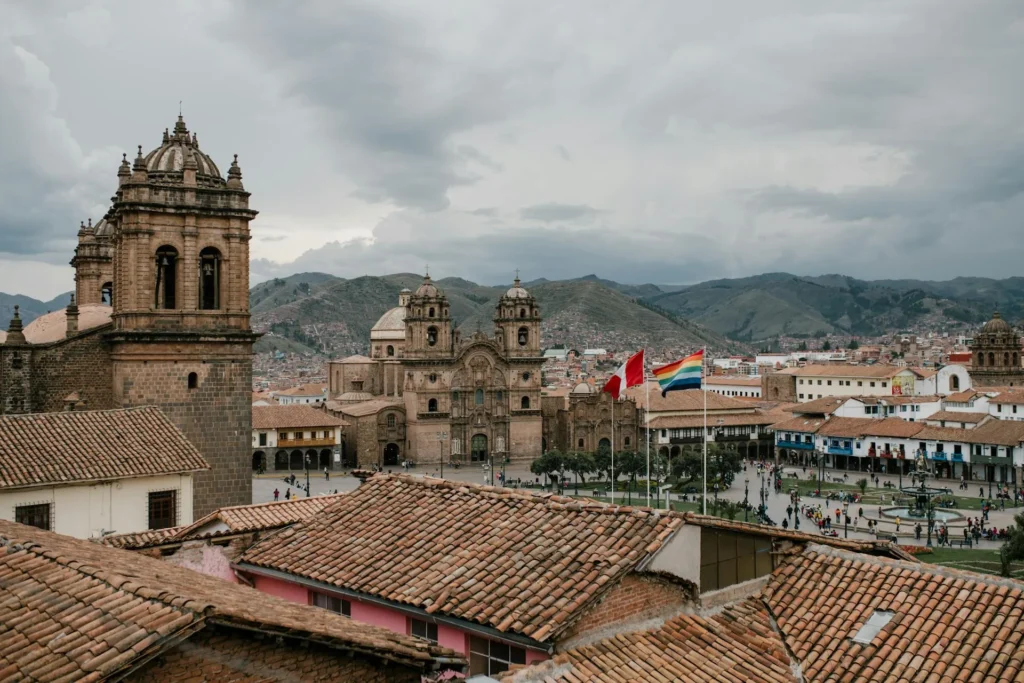
Main Features of Cusco’s Architecture
Cusco’s architecture is characterized by its masterful use of stone. Inca constructions feature perfectly fitted stones, with no mortar, which has allowed them to withstand earthquakes for centuries. Meanwhile, colonial architecture introduced baroque and Renaissance elements that enriched the urban landscape.
Inca Influence in Buildings
The Incas developed a unique architectural style based on functionality and harmony with nature. Agricultural terraces, irrigation systems, and sacred temples like the Coricancha reflect their technical skill and spiritual connection with the environment.
Impact of Spanish Colonization on Architecture
The arrival of the Spanish marked a turning point in Cusco’s architecture.
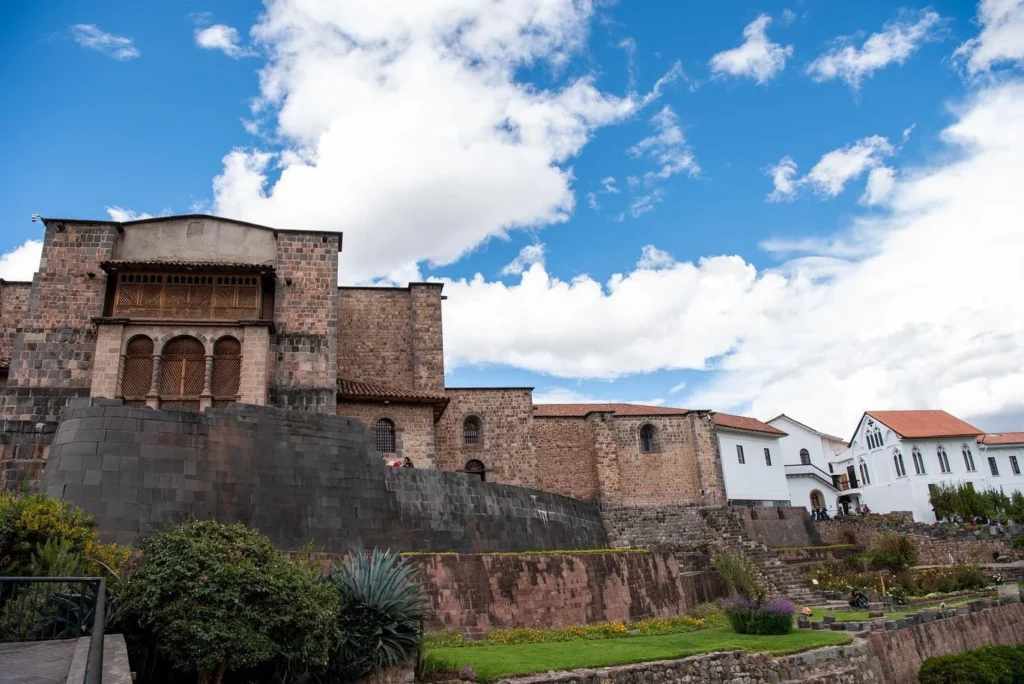
Fusion of Inca and Colonial Styles
Many churches and buildings were built on top of Inca structures, such as the Cusco Cathedral, which combines an Inca base with baroque design.
Colonial Urbanism and Its Impact
The Spanish introduced open plazas, such as the Plaza de Armas, around which temples and palaces were built.
Reconstruction After Natural Disasters
The city of Cusco has faced many challenges throughout its history, including natural disasters that have tested the resilience of its architecture. Earthquakes, in particular, have marked significant moments in the city’s evolution and rebuilding, highlighting the strength of Inca techniques and the creativity of colonial restorers.
The 1650 Earthquake and Its Consequences
The 1650 earthquake was one of the most devastating events in Cusco’s history. This natural disaster severely damaged many colonial buildings, including churches, homes, and public structures. Despite the magnitude of the damage, many buildings with Inca foundations, such as the Coricancha and the base of Cusco Cathedral, remained standing—demonstrating the superior seismic resistance of Inca engineering.
After the earthquake, the city began an ambitious reconstruction process. Spanish authorities took the opportunity to reinforce existing buildings and construct new ones with a more organized urban design. Reconstruction techniques included reusing Inca materials and incorporating more elaborate baroque styles, which began to dominate religious architecture at the time.
The 1950 Earthquake and Subsequent Restoration
Another devastating earthquake struck Cusco in 1950, causing significant damage to numerous historic buildings. Once again, structures with Inca foundations proved resilient, while many modern and colonial buildings suffered serious damage. This event underscored the importance of preserving and studying Inca construction techniques for use in future restoration efforts.
The reconstruction after the 1950 earthquake marked a turning point in the preservation of Cusco’s cultural heritage. Initiatives were launched to restore key buildings such as the Cathedral and Coricancha, and stricter policies were implemented to protect the city’s architectural heritage. These efforts positioned Cusco as a model of historical preservation and reinforced its status as a World Heritage Site.
Transformation of Cusco in the 19th and 20th Centuries
With the arrival of mass tourism, Cusco experienced an architectural renaissance. Although some modern buildings began to emerge, the city has maintained its commitment to preserving its heritage.
Styles and Elements of Cusco’s Architecture
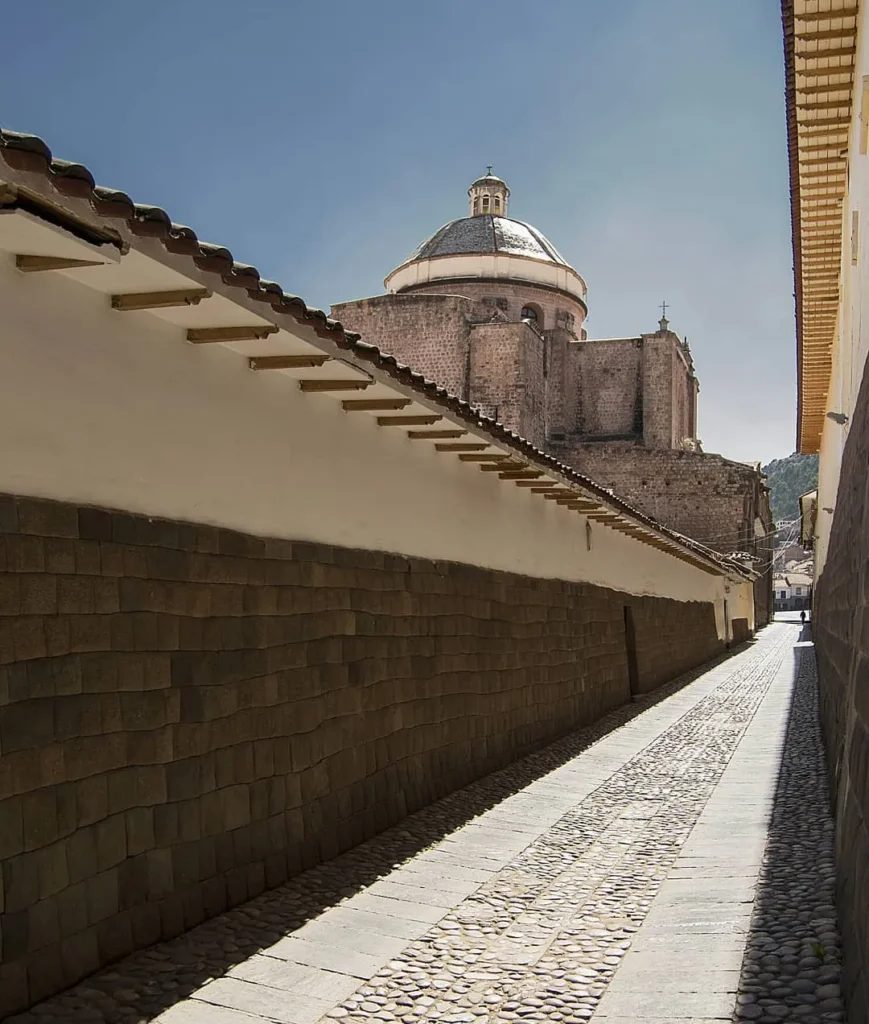
Elements of Inca Architecture
Materials and Construction Techniques
The Incas primarily used stone, sculpted with rudimentary tools yet with millimeter precision.
Inca Urban Planning and Layout
Inca cities, including Cusco, followed designs that integrated roads, plazas, and ceremonial buildings in strategic locations.
Elements of Spanish Colonial Architecture
Design of Churches and Public Buildings
Churches such as La Compañía de Jesús and Cusco Cathedral stand out for their baroque ornamentation.
Innovations Introduced by the Colonizers
Spanish architecture introduced new construction techniques and materials, such as the use of tile roofs.
Iconic Buildings of Cusco
Coricancha: Temple of the Sun
Considered the most important temple of the Inca Empire, Coricancha is a perfect example of Inca engineering. The Spanish built the Convent of Santo Domingo on top of its foundations, creating an impressive architectural contrast.
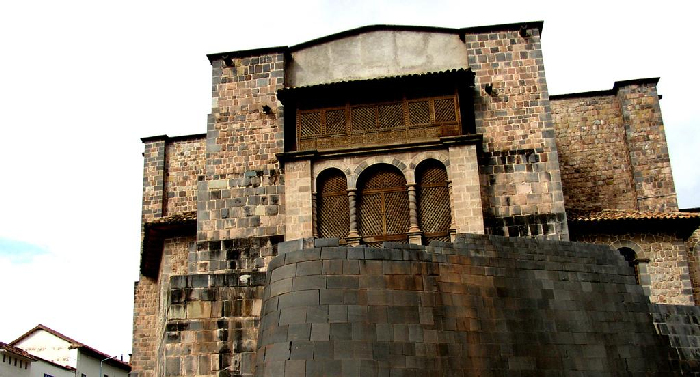
Cusco Cathedral
Located in the Plaza de Armas, this cathedral combines Renaissance and Baroque styles. Inside, it houses valuable works of art, including a unique version of the Last Supper with Andean elements.
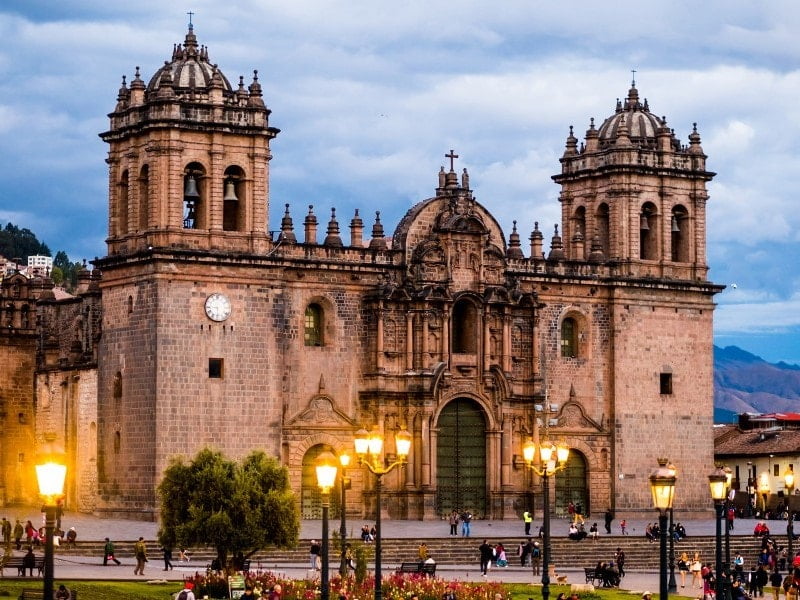
San Blas Neighborhood
This charming neighborhood is known for its cobblestone streets, wooden balconies, and its namesake church, which houses an impressive carved wooden pulpit. It is also a hub of art and culture, with artisan workshops and galleries.
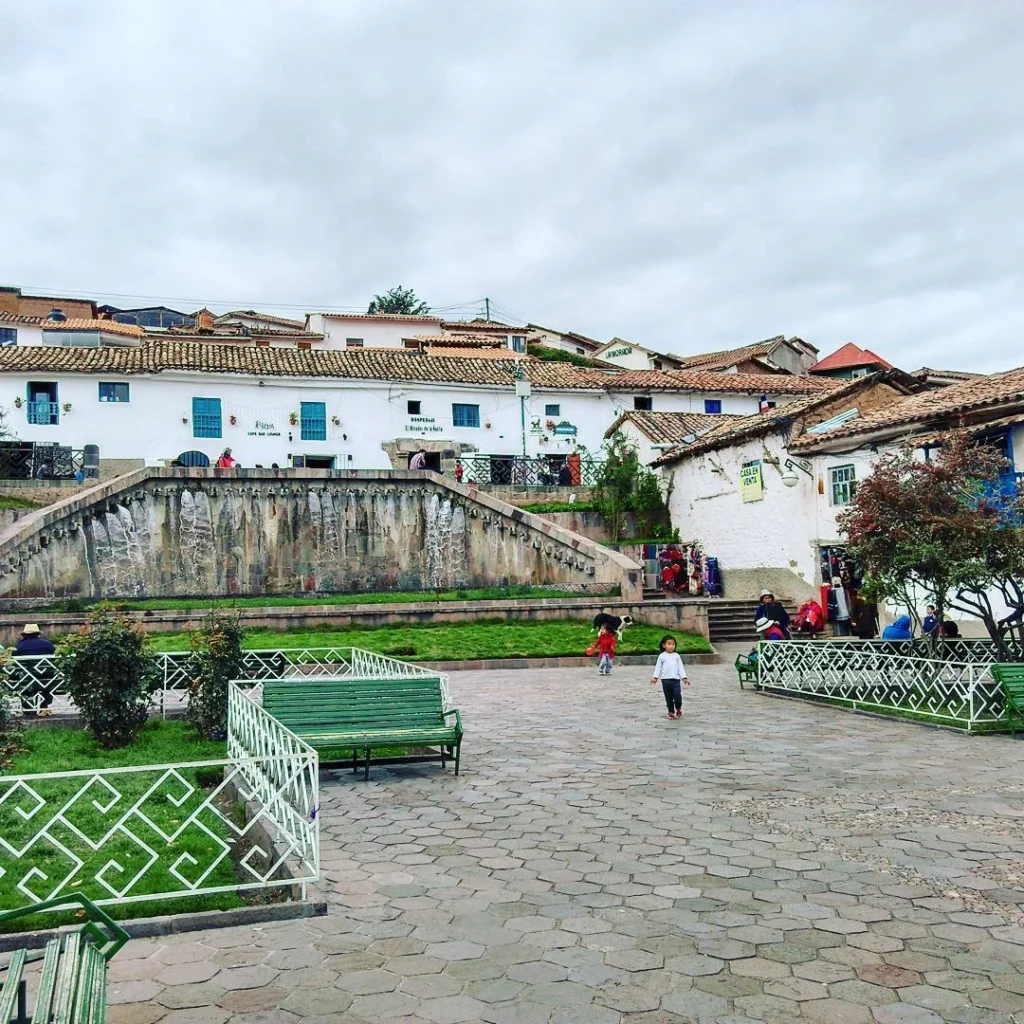
Other Notable Monuments
Fortresses such as Sacsayhuamán—with its colossal stone blocks—and Qenqo, a ceremonial center, are must-visits for those who want to understand the greatness of Inca architecture.
Cusco Today: Modern Architecture and Cultural Heritage
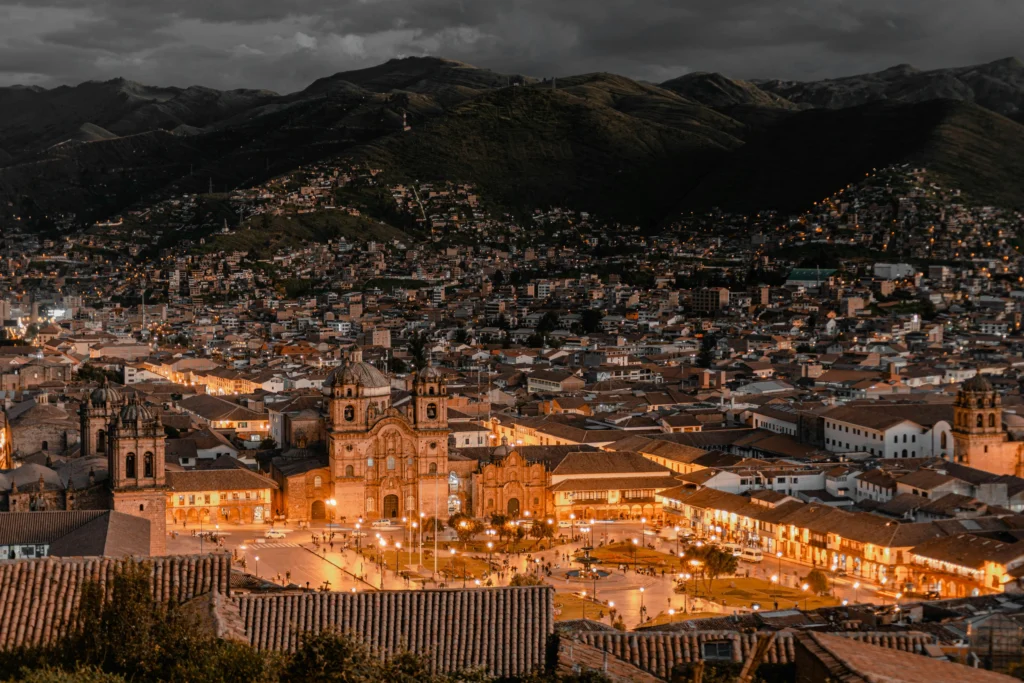
Urban Layout of the City Today
Cusco blends old and new. New constructions must comply with strict regulations to ensure they do not clash with the historic surroundings.
Modern Projects and Their Integration with Heritage
Boutique hotels and contemporary cultural centers have found innovative ways to integrate into Cusco’s landscape, using local materials and designs inspired by tradition.
Why Is Cusco’s Architecture Still Fascinating?
Cusco’s architecture is not only a testament to its history but also a source of inspiration for the future. Its ability to reinvent itself while preserving its essence makes the city a model of cultural preservation and evolution.
